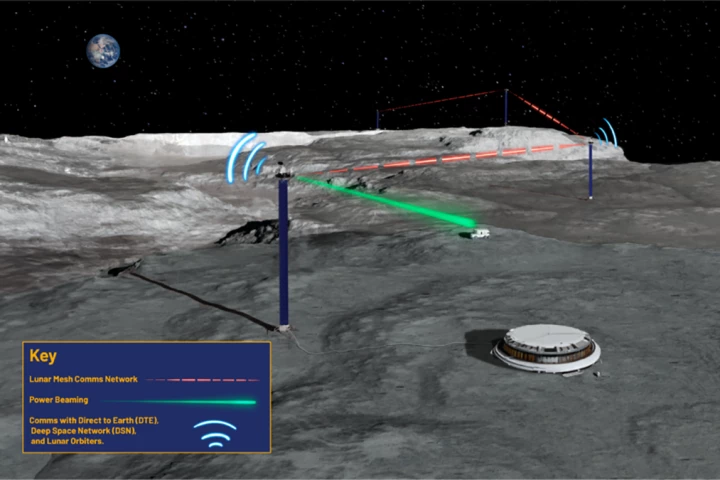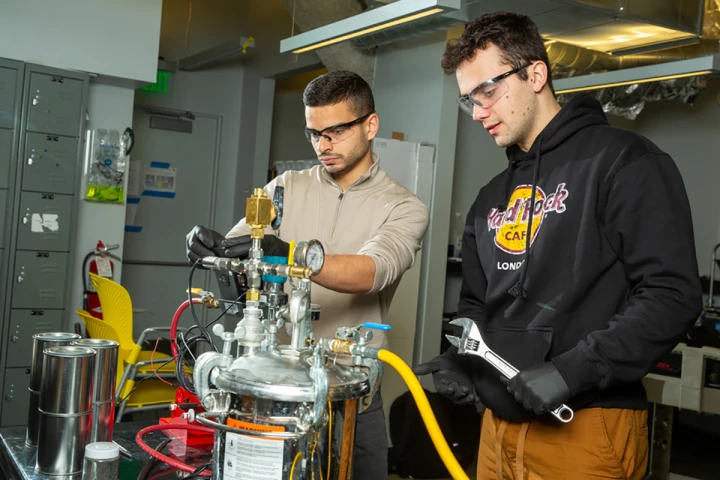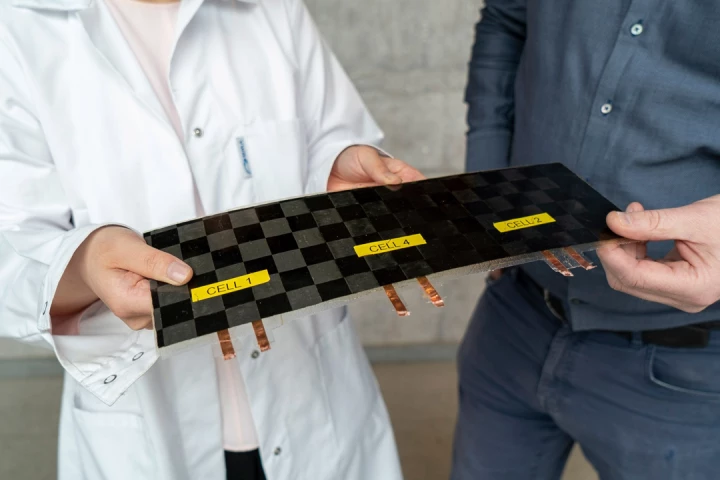Energy
-
In the South China Sea, the aqua-colored waters of an expansive shallow reef platform suddenly gives way to a near vertical shaft of vast darkness – an ocean sinkhole almost entirely devoid of oxygen and, in turn, marine life as we know it.
-
In the first long-term and real-world reflective study of its kind, scientists have uncovered new detrimental health impacts of the artificial sweetener aspartame that echoes those found in shorter research.
-
The IAA Mobility trade show in Munich was bound to throw some really unusual motos our way. But most wouldn't have put their money on the first Volkswagen vehicle to run on a solid-state lithium-metal battery to be a Ducati superbike.
-
Looking forward to a future where laser beams replace power lines, DAPRA's Persistent Optical Wireless Energy Relay (POWER) program has set new records for transmitting more power wirelessly over longer distances.
-
Commercial fusion power plants may be cheaper and easier to build thanks to a breakthrough by TAE Technologies that allows reactors to generate their own containment fields without the need for massive magnetic coils and other systems.
-
IC engines have long received flack for how wasteful they are. That may soon change, as a team of researchers claims to have discovered the means of converting exhaust heat into energy, using a small device called a thermoelectric generator (TEG).
-
If you've ever had a packing peanut stick to your clothes as you unbox your Amazon delivery, then you know that Styrofoam is pretty good at generating static electricity. A new invention turns that quality into a workable energy-saving solution.
-
Scientists in Japan have developed a new organic device that can harvest energy from heat. Unlike other thermoelectric generators, this one works at room temperature without a heat gradient.
-
Honeybee Robotics has outlined a plan to build a kind of power grid on the Moon, with a network of Statue of Liberty-sized towers containing solar panels and batteries that provide power and communications, and even act as streetlights.
-
MIT scientists have discovered an intriguing new way to produce hydrogen fuel, using just soda cans, seawater and coffee grounds. The team says the chemical reaction could power engines or fuel cells in marine vehicles that suck in seawater.
-
Deep-tech startup Sinonus is working to commercialize a groundbreaking new breed of multifunctional carbon fiber. In its vision, the wonder-composite will serve as a structural battery for everything from electric aircraft to windmills.
-
Water can hold a huge amount of thermal energy, and a new system to tap into this is being trialed in Scotland. A startup called SeaWarm uses heat stored in bodies of water for buildings, pulling four times more heat out than electricity used.
Load More











